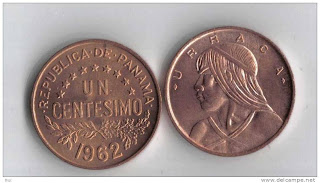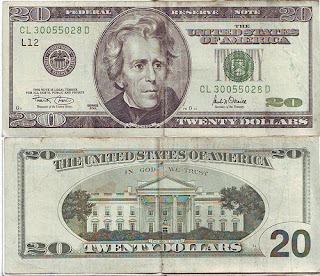The Thanksgiving Day (in English, Thanksgiving Day, French, Jour de l'Action de grâce) is a traditional celebration of the United States and Canada. In the United States is celebrated on the fourth Thursday of November, although originally it was the last Thursday. In Canada, meanwhile, is celebrated on the second Monday of October. Generally during this holiday gather around a table with family and friends sharing a feast. Although religious in origin, is considered a secular holiday.
In Canada:
The origin of the first day of Thanksgiving in Canada goes back to explorer Martin Frobisher, who sought a northern passage to the Pacific Ocean. Frobisher did not celebrate the day by the harvest, but grateful to have survived the long journey from England through stormy seas and full of icebergs. In his third and final voyage to these regions in 1578 Frobisher held a formal ceremony in Frobisher Bay now, Baffin Island (now Nunavut) to thank God, and later held a communion service led out by Minister Robert Wolfall, the first service of its kind in the region.4 Years later, the tradition of the party continued as more people were coming to the colonies in Canadá.5
Roasted turkey.
The origins of Thanksgiving Day in Canada can also be traced back to the early seventeenth century, when the French came to New France with explorer Samuel de Champlain and celebrated their successful harvests. The French of the area used to have parties at the end of the harvest season and continued celebrating during winter, and even shared their food with the natives of the region
In the United States:
In the United States, the modern tradition of Thanksgiving Day has its origins in 1621, at a celebration in Plymouth, in the present state of Massachusetts. There is also evidence that Spanish explorers in Texas held celebrations on the continent earlier in 1598, and celebrations of thanksgiving in the colony of Virginia.7 The festival was held in 1621 in gratitude for a good harvest. In later years, the tradition continued with civil leaders such as Governor William Bradford, who planned to celebrate the day and fasting on 10 September 1623.8 Since the beginning the Plymouth colony did not have enough food to feed half of the 102 settlers, the native Wampanoag tribe helped the Pilgrims giving seeds and teaching them to fish. The practice of conducting a harvest festival like this did not become a regular tradition New England until late in 1660.11
According to historian Jeremy Bangs, director of the Leiden American Pilgrim Museum, the Pilgrims may have been inspired by the annual services of Thanksgiving for the relief of the siege of Leiden in 1574, while living in Leiden.12
Here the following video of true story of thanksgiving day...























